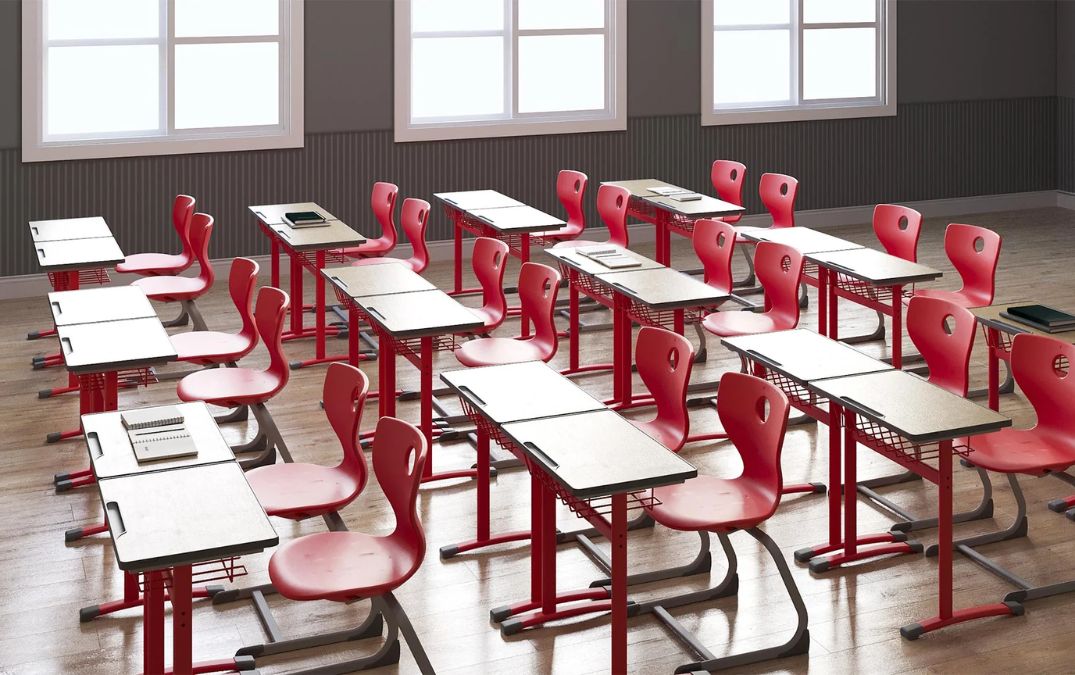Imagine walking into a classroom that looks more like a cozy café than a traditional schoolroom. That’s exactly what more and more teachers across the United States are creating—learning spaces that feel inviting, personalized, and student-centered. Flexible seating, a trend inspired by the comfort and choice found in places like Starbucks, is reshaping how students experience the classroom.
One local pioneer of this movement is English teacher Ms. Nicole Myers. This year, she became the first at her school to fully embrace flexible seating. Instead of rows of desks, her classroom features high-top tables, ottomans, yoga balls, and even a corner with cushions. Her goal? To give students the freedom to choose how and where they learn best.
“It’s often emphasized at the elementary level—mobility, flexibility, giving kids options,” Myers explains. “But I realized these benefits aren’t just for young children. Middle and high school students can benefit just as much.”
To accommodate older students, Myers adapted the concept with age-appropriate seating. She opted for high-top and low-top tables, lawn chairs, and larger seating options to suit her students’ size and maturity.
Of course, with more freedom comes the question of responsibility: Can students handle it?
“They’re still teenagers—they want to sit with their friends, and yes, they can get distracted,” Myers admits. “Some days they make great choices, and other days I have to take the seating options away. But that becomes part of the reward system. They learn to appreciate it and use it wisely.”
Other educators are following suit. Spanish teacher Ms. Danielle Simchick and Art teacher Ms. Kayla Chambers have also introduced flexible seating elements in their classrooms, each tailoring the experience to their subject and students’ needs.
The beauty of flexible seating is that it acknowledges every student learns differently. Some may thrive sitting on a yoga ball one day and prefer a quiet corner with cushions the next. The goal is comfort and autonomy—allowing students to find the environment that helps them focus, collaborate, or work independently.
“I’ve had students tell me, ‘I don’t like this seat, I prefer that one,’ and that’s exactly the point,” says Myers. “They’re discovering how they learn best.”
Just like your favorite coffee shop, these reimagined classrooms offer choice, comfort, and collaboration. And most importantly, they put students at the center of their own learning journey.




